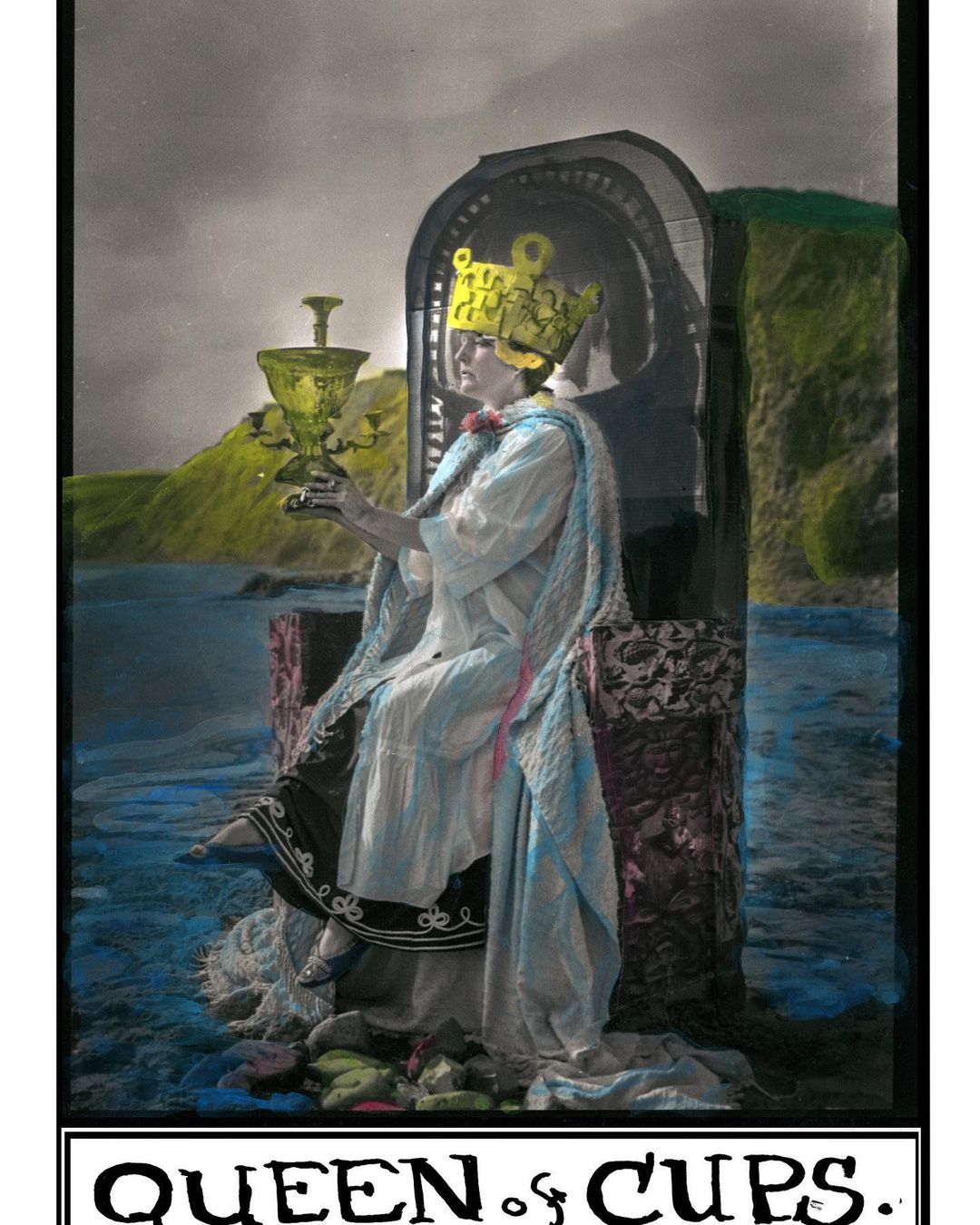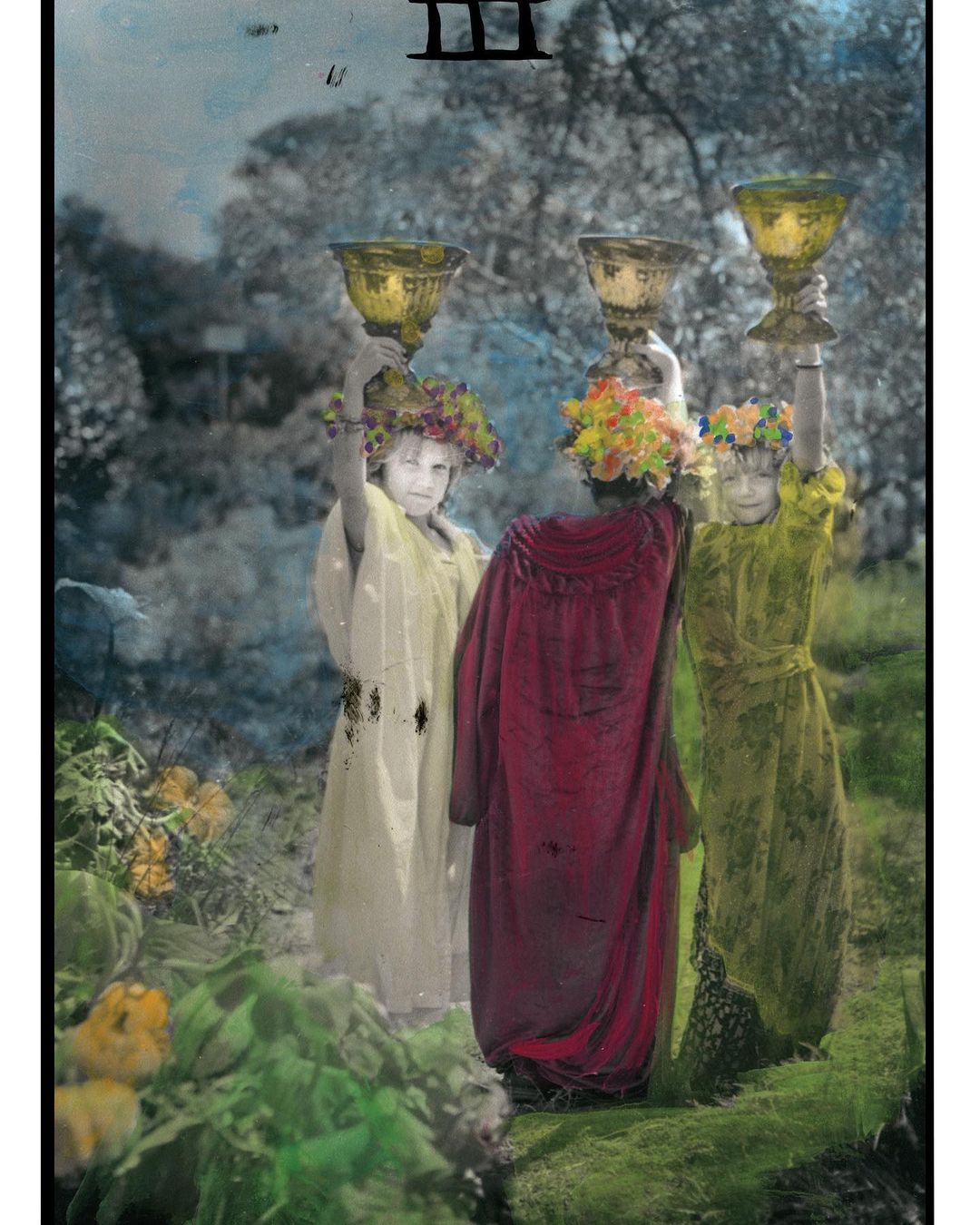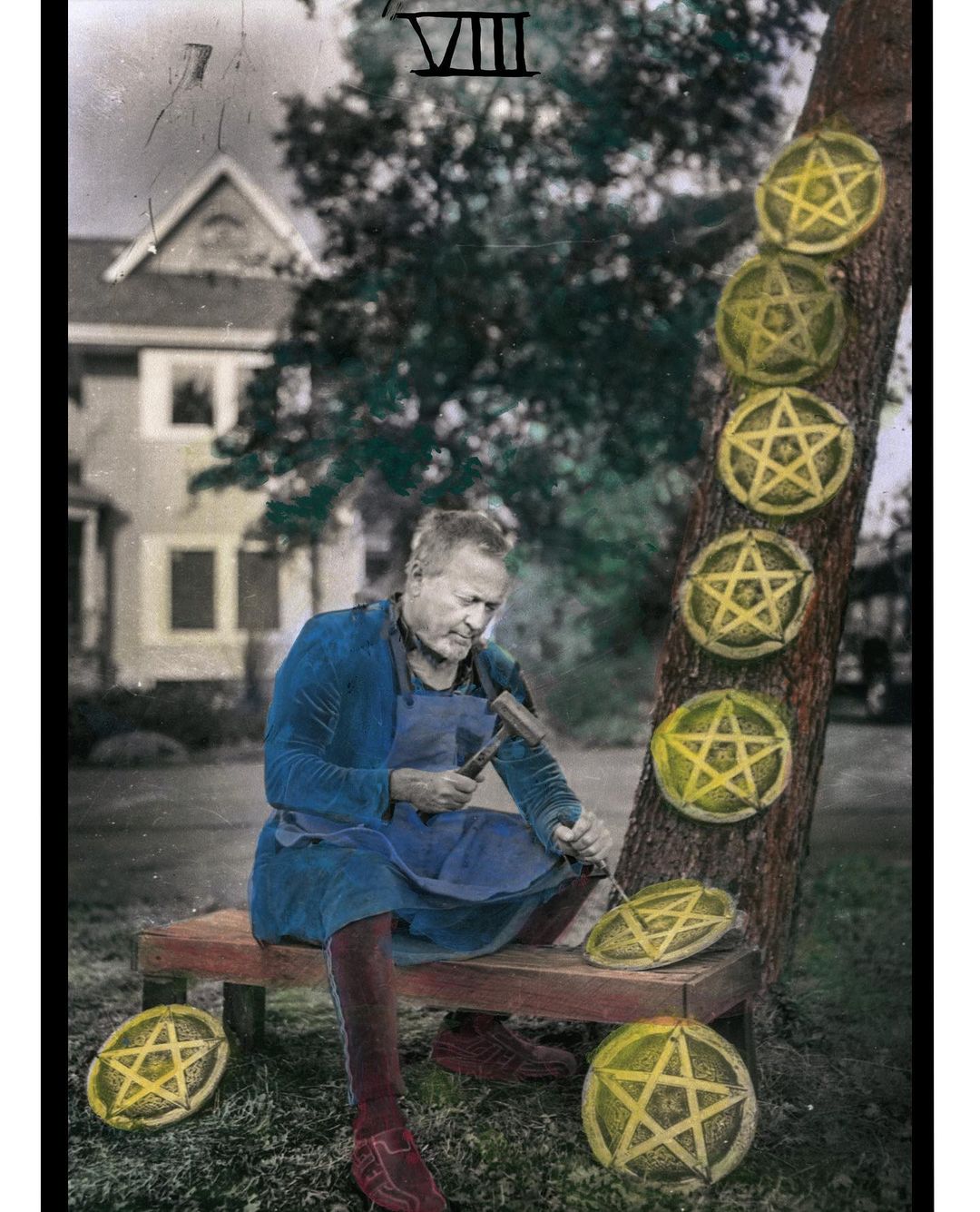At nearly a century of life, the foremost pioneer of digital art and computer animation, Charles Csuri, has passed away. While it may seem surprising that an early adopter of digital art techniques could have lived to the age of 99 already, Csuri embodied the fact that you can in fact teach an old dog new tricks, starting his digital art career just halfway through his life. And his style—ripe with abstract humanity and vivid, twisting textures—point to a mind keenly aware of where his form and the world intersect.
Charles Csuri’spath through life started with him as a would-be star football player for the NFL in the early 1940s, having just finished his bachelor’s at Ohio State University on a football scholarship. However, he declined it to serve in World War II for several years, returning to Ohio State for a master’s in art and following along a career path of education there, becoming a professor in both art education and computer science.
Wire Ball by Charles Csuri.
It was in 1964 that Csuri began experimenting with computer graphics programs, and shortly thereafter began to make his first animations with the technology. One such animation, Hummingbird, caught international attention with its window into the capabilities of the medium. Slowly producing than fracturing the likeness of a hummingbird, Csuri described it as foretelling the future:
“The film Hummingbird anticipates the future, when computers will have the ability to think for themselves. The film begins with empty space and the idea that the computer has intelligence and is capable of drawing a hummingbird—a science fiction notion with its implications for the future.”
The endeavours of Csuri became a sort of hub for digital artistry and graphical research, bringing in millions for himself and the students under him over the years. From establishing his own animation production company through Cranston/Csuri Productions to the international awards his research and work garnered him, Csuri certainly seemed to lead a life of recognition in his pioneering ventures.
But Csuri also seemed to struggle against the perception of himself as an artist. With his work, especially early on, floating between the realms of early graphical capabilities and approximations of his skill in drawing or painting, he believed it wasn’t quite striking enough on either end of the pole to be truly regarded by either camp; in 1995 he said to the Times “I think I’m a damned good artist, and I don’t think many people know that.”
Lost People by Charles Csuri.
One can only hope that Charles Csuri, before his passing, understood just how well regarded his works are, and what power lay within them. His works became more nuanced, more evocative, and more masterful of the tools within his medium with each passing year. As his focus moved from abstract collections of shapes and textures that read of both the busy complexities of the digital sphere to a focus on the human form, oft in states of disconnect or incomplete, one can feel a melding of these worlds and perhaps a bit of what Csuri himself felt—something beautiful, something natural, something human floating around in this realm of digital possibility, waiting to feel fulfilled.






